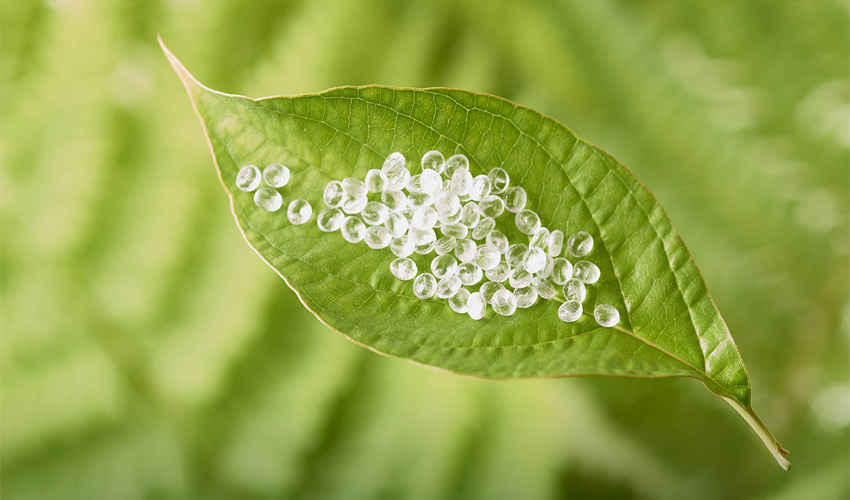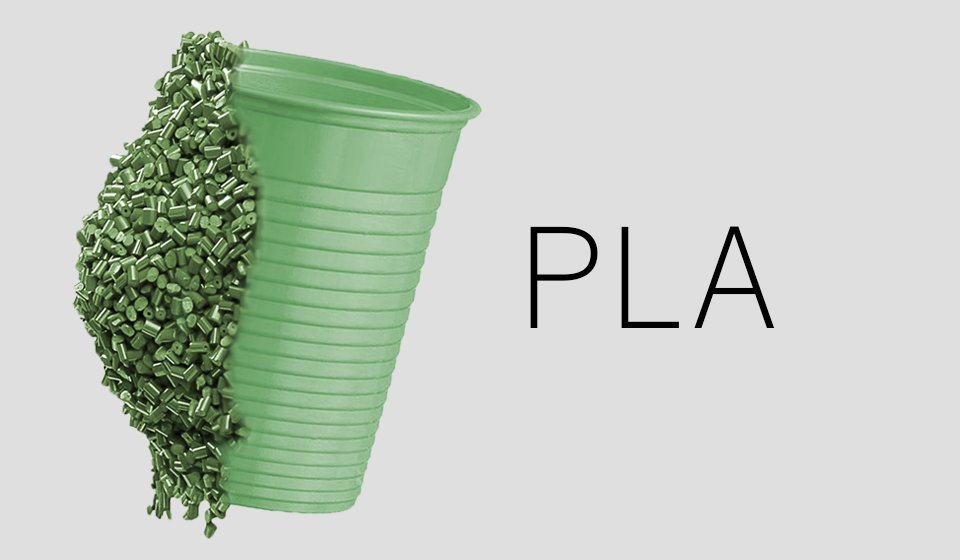What Is PLA?
PLA is one of the most highly produced bioplastics in the world, and is found in everything, from textiles to cosmetics. It is toxin-free, which has made it popular in the food and beverage industry where it is commonly used to package a wide variety of items, including coffee.


PLA is made from the fermentation of carbohydrates from renewable resources such as maize, cornstarch, and sugarcane. The fermentation produces resin filaments that have similar characteristics to petroleum-based plastic.
The filaments can be shaped, molded, and coloured to suit a range of needs. They can also undergo simultaneous extrusion to form a multilayered or shrink-wrapped film.
One of the principal benefits of PLA is that it is significantly more eco-friendly than its petroleum-based counterpart. While the manufacture of conventional plastic is estimated to use as much as 200,000 barrels of oil a day in the US alone, PLA is made from renewable and compostable sources.
The production of PLA also involves significantly less energy. One study suggests that switching from petroleum-based to corn-based plastics would cut US greenhouse gas emissions by a quarter.
In controlled composting environments, PLA-based products can take as little as 90 days to decompose, in contrast to a 1,000 years for conventional plastics. This has made it an attractive option for eco-conscious manufacturers across a number of sectors.
Advantages Of Using PLA Packaging
Beyond its sustainable and protective qualities, PLA offers several advantages for coffee roasters.
One of these is the ease with which it can customised with different branding and design features. For example, brands seeking more rustic-looking packaging can opt for kraft paper on the outside, and PLA on the inside.
They can also choose to add a transparent PLA window so that customers can view the contents of the bag, or include a range of colored designs and logos. PLA is compatible with digital printing, which means, using eco-friendly inks, you can create a completely compostable product. An eco-friendly product can help communicate your commitment to sustainability to consumers, and improve customer loyalty.
Nevertheless, like all materials, PLA packaging has its limitations. It requires high heat and moisture to effectively decompose.
The lifespan is shorter than other plastics, so PLA should be used for products that will be consumed less than six months. For specialty coffee roasters, they could use PLA to package small volumes of coffee for a subscription service.
If you’re looking for customized packaging that maintains the quality of your coffee, while adhering to sustainable practices, PLA could be the ideal solution. It's strong, affordable, malleable, and compostable, making it a great choice for roasters looking to communicate their commitment to being eco-friendly.
At CYANPAK, we offer PLA packaging across a range of product shapes and sizes, so you can choose the right look for your brand.
For more information on PLA packaging for coffee, talk to our team.
Post time: Dec-07-2021

